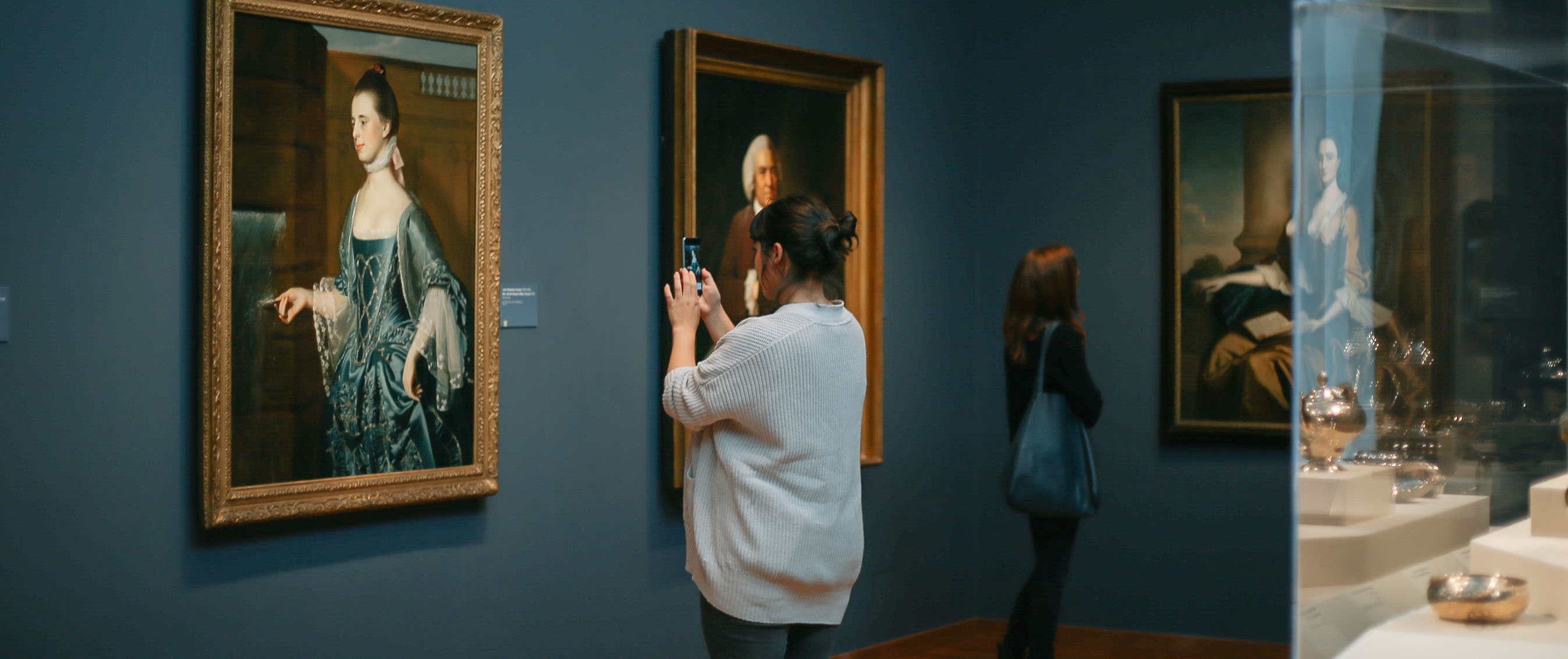John Frederick Kensett
The son of a British engraver who had immigrated to Connecticut, John Frederick Kensett first worked as an engraver before beginning to paint seriously. He submitted his first painting to the National Academy of Design at the age of 22, and was later associated with the Hudson River School. After seven years of travel and study in Europe, he returned to the United States, where he made sketching trips in the Catskills, the Adirondacks, and the American West.
